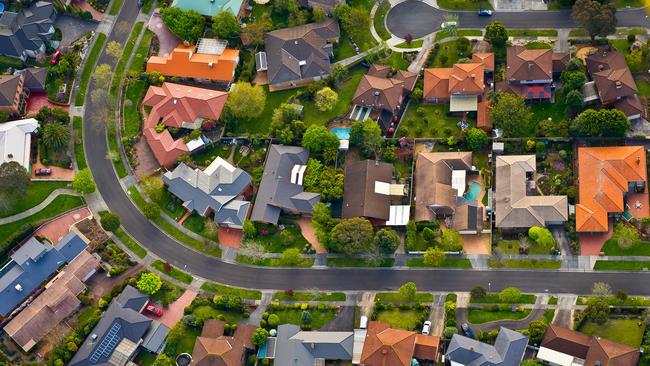Older women over-represented in single person households
One in four households are now single person residences, with older women over-represented, a new study shows.

The housing crunch is being fuelled by more people living on their own, with more than one in four households now single-person residences, a report shows.
And women, especially older women, are over-represented in those one-person households, the Australian Institute of Family Studies report finds.
The report crunches census data to reveal 26 per cent of Australian households had only one resident in 2021, up significantly from 18 per cent in 1981. And the average household size continues to decrease over the decades.
“Household size fell from an average of 4.5 people per household in 1911 to 3.6 people per household in 1961, and then to … around 2.5 in 2021,” notes the AIFS report, called Population, Households and Families.
It states that while family households remain the predominant type, they dropped from 78 per cent of total households in 1981 to 71 per cent in 2021, while single-person households grew from 18 per cent to 26 per cent.
Around 3.9 per cent, or one in 25 households, were group households in which the occupants didn’t have a family connection, a number that has stayed relatively consistent over the decades.
The typical Australian family is now almost as likely to have no children living with it as families with children in the home, the census reveals.
AIFS senior researcher Lixia Qu said the shift can be attributed to couples having fewer or no children and people opting to live alone. “We’re seeing many more households with older couples as Australia’s population ages, and more young couples without children,” Dr Qu said.
“In previous generations that wasn’t as common.”
The study had ramifications for national housing policy, AIFS acting director Liz Neville said. “We know that we have a major housing challenge in this country and people are being urged to share homes with family and friends to decrease the demand and lower house prices.
“This data shows more people than ever are living alone – indicating strategies must be responsive to latest trends in household size,” Ms Neville said.

The study dives into the demographic profile of sole-person households, finding older women predominate. It found 55 per cent of Australians living on their own were women, and half of those women were aged 65 years or older. Around a third of men living on their own were 65-plus.
The National Housing Finance and Investment Corporation in April projected a shortfall of more than 100,000 homes within the next five years as supply struggles to keep pace with growing demand.
NHFIC noted that while immigration will ramp up pressure on the housing sector over the next decade, consumer preferences to live alone will play a part.
The AIFS report also notes the increasing cultural diversity of Australian households, with the proportion of immigrant households having increased from 28 per cent of all households in 1981 to 35 per cent in 2021.
“While we’re seeing drops in households with people born in the UK and Ireland, the proportion of households with people from Asian and African backgrounds is on the rise,” Dr Qu said.







To join the conversation, please log in. Don't have an account? Register
Join the conversation, you are commenting as Logout